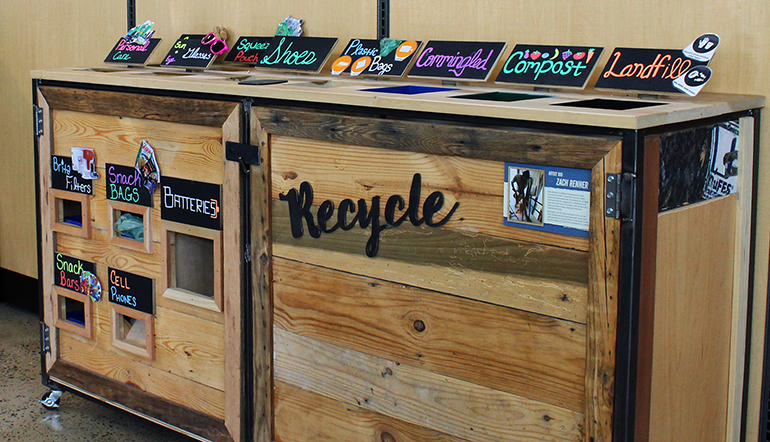I have always been told it is important to support the companies you have strong beliefs in and do right for the planet, versus some big box retailer like Walmart or Sams Club. Patagonia is one of these companies, and they believe in giving: giving back, giving again, giving knowledge, and giving used.
Let’s start with if their clothing and merchandise is truly sustainable. Their production line uses 87% recycled materials. This means the majority of their items are made from recycled materials; raw virgin products are only sourced when they are really needed. Making this switch within the company has allowed Patagonia to avoid releasing around 4.300 metric tons of CO2 into the environment and air we breathe. This is enough CO2 to power 500 houses for an entire year. Patagonia also works with farmers to source out their newly grown cotton. Since 1996, all virgin cotton used in the production of their clothing has been organically grown. This helps save water and reduce CO2 emissions by 45% when compared to conventional cotton.

Now let’s talk about consumer impact and how you too can make a change if you purchase one of their products. On the Patagonia website, they have a section all about keeping your products in play and helping extend their product lifetime as long as you can. Sections include “How to Better Your Sweater”, aka get rid of pilling from constant wear and friction, “How to Patch your Insulation”, “How to Fix Your Button”, and “How to Fix Your Zipper Slider”. Each of these titles are videos where a representative shows real life examples to extending a products lifetime and walks you step by step on how you can do it for your products too. I think this section is important because it helps show consumers they too are responsible for their purchases and what impact they hold on the environment. If every customer were to throw out a jacket when the zipper breaks, this would lead to a landfill of nearly perfect condition clothing going to waste.

What happens if an item is in like-new condition but it’s not your style anymore? Patagonia has a plan for that too. The section of their brand, known as Worn Wear, accepts worn but good condition clothing in exchange for store credit. They then sell the item you traded in for a discounted price so it can be enjoyed and loved by someone new for even more years to come. Patagonia is committed to taking back 100% of gear consumers send in and making sure it has a place other than the landfill. If items are not fully salvageable, ReCrafted comes into play. This is a line of clothing that uses scraps from multiple pieces and repurposes them into something new and functional.
Finally, Patagonia has committed to putting 1 percent of all sales into restoration and preservation of the Earth and natural environment. 1 percent may not seem like a lot, but since 2002, Patagonia has been able to donate over $140 million to environmental groups that are committed to making a change, just like they are.
After looking into this company, I truly believe they are committed to staying green and impacting the planet in a positive way and they want us to be apart of this impact too.

